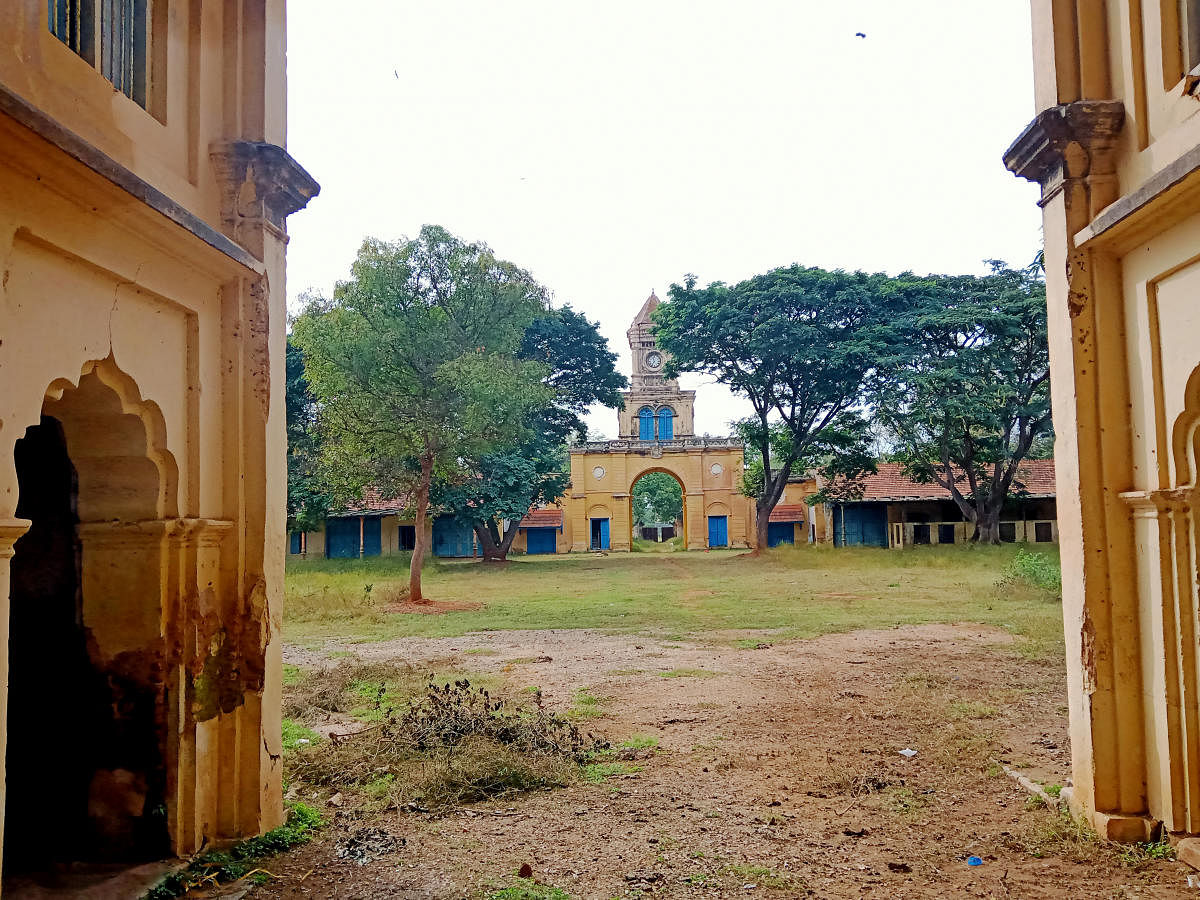
In recent years, Karnataka’s heritage city Mysuru has seen a steady, unheeded loss of heritage structures. Some old palace structures and government buildings have been lost, with even the historic Lansdowne building and the Devaraja market in the central area of the city facing destruction.
When heritage structures are pulled down, it also inevitably erases important aspects of the city from public memory.
Some of these structures the city has lost were part of the Mysuru palace: the horse stables and the elephant stables, as well as the palace garage and cowshed.
Continuing in the tradition of the Vijayanagar emperors, the Mysuru kings too had an elephant stable and even established a separate Gajashala Department in 1874 to look after the elephants.
Initially, the Gajashala (elephant wing) was part of the palace stables, and was later split to form the ‘Ashwashala’ (horse wing).
The Gajashala Department itself had four branches: the ‘Gadikhana’, or the palace transport corps which looked after common carts and tongas; the ‘Peelkhana’ which looked after the palace elephants, including the state elephants; the ‘Sutherkhana’ was the department that looked after camels, which were mainly used in state processions and the ‘Ane Karoti’, which identified elephants and groomed them to participate in state duties and religious tasks like the Dasara festival.
Not every elephant would enter the Ane Karoti. They had to have some auspicious marks and more importantly, the right temperament. Once there, amidst huge banyan trees, one could see the elephants tethered to stone pegs, with thick ropes passing around their legs. It is said that the atmosphere was mostly serene, with the mahouts tending to the pachyderm or chatting with their colleagues, perched on platforms built around a few trees.
Royal elephants
In later years, these royal elephants were kept in jungles in Hunsur taluk and Heggadadevanakote and were brought to the capital whenever they were required for ceremonial and religious functions. Now, the structure itself is gone and a religious institution and other buildings have come up in its place.
The Jaganmohan Palace accommodated some of the livestock and carriages in its stables till the Palace Stables building was completed in 1874, behind the Summer Palace area on the Daly Avenue Road, which led to the Thandi Sadak, now part of the Mysuru Zoo. Besides riding horses and carriage horses, some polo ponies were maintained in the stables between 1870 and 1913. The stables also housed some horses, including the State horse.
There were also various equestrian paraphernalia, including trophies won, and a beautiful horse whip presented to Krishnaraja Wadiyar IV by the Prince of Wales.
The dire financial situation of the royal family after the passing away of Jayachamarajendra Wadiyar made them dispose of these possessions (some say the collection was worth a ship-load) including beautiful carriages, which were sold to an Australian firm.
The loss of these famous stables brought an end to a glorious chapter in Mysuru’s history.
